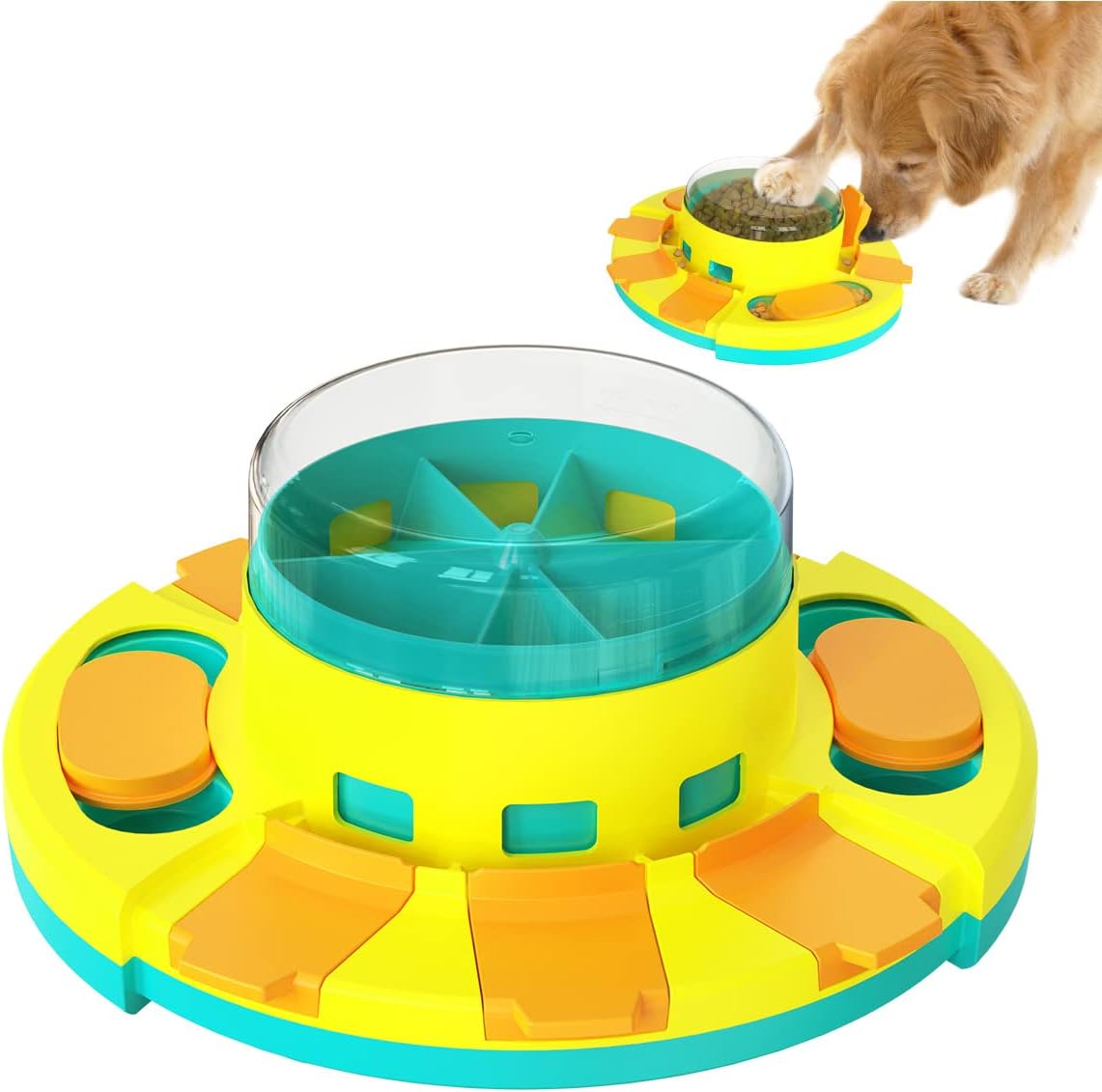The developmental changes that occur in the brain of adolescent dogs can also contribute to the loss of recall. The prefrontal cortex, responsible for impulse control, decision making, and learning, is not fully developed in adolescent dogs. This incomplete development can make it challenging for them to retain and recall commands. They may exhibit a lack of focus and increased susceptibility to distractions, which can hinder their ability to respond to recall cues.
Adolescence is a period of rapid growth and development for dogs, just like it is for humans. During this stage, dogs undergo various physical and psychological changes that can sometimes affect their behaviour. One prominent issue that many dog owners face during this time is the loss of recall in their adolescent dogs. Recall refers to the ability of a dog to come when called, a behaviour that is crucial for their safety, as well as a good relationship with their owners. While the loss of recall can be frustrating for dog owners, understanding the underlying reasons behind it can help in addressing and rectifying the issue.
Firstly, hormonal changes play a significant role in the loss of recall in adolescent dogs. During adolescence, dogs experience an increase in hormones, such as testosterone in males and oestrogen in females. These hormonal changes can influence their behaviour, making them more prone to distractions and less responsive to commands. Additionally, during this stage, dogs are more inclined to explore their environment and assert their independence. They may become less interested in following cues or may prioritize their own desires over obeying commands, leading to a decline in their recall ability.
Secondly, the developmental changes that occur in the brain of adolescent dogs can also contribute to the loss of recall. The prefrontal cortex, responsible for impulse control, decision making, and learning, is not fully developed in adolescent dogs. This incomplete development can make it challenging for them to retain and recall commands. They may exhibit a lack of focus and increased susceptibility to distractions, which can hinder their ability to respond to recall cues.
Additionally, social factors can influence the recall ability of adolescent dogs. During this stage, dogs become more interested in interacting with other dogs and are more likely to indulge in social behaviours such as play and exploration. They may be easily enticed by the presence of other dogs or certain stimuli, which can interrupt their recall response. Moreover, adolescent dogs may exhibit more curiosity and independence, leading them to wander off or explore without adhering to their owner's commands.
Furthermore, inconsistent training and reinforcement can also contribute to the loss of recall in adolescent dogs. It is crucial for owners to maintain and reinforce the recall behaviour consistently throughout the dog's life. Inconsistency or lack of reinforcement can weaken the association between the recall command and the desired response, leading to a decline in the recall ability. Additionally, using punishment-based training techniques during adolescence can be detrimental and counterproductive, further undermining the recall behaviour.
To address the issue of lost recall in adolescent dogs, consistent training and reinforcement are key. Employing positive reinforcement techniques, such as rewarding the dog with treats or praises when they respond to the recall command, can help strengthen the behaviour. It is important to make the recall experience rewarding and enticing for the dog, ensuring that they associate it with positive outcomes. Additionally, reducing distractions during training sessions and gradually increasing the level of difficulty can improve their focus and responsiveness.

In conclusion, the loss of recall in adolescent dogs can be attributed to various factors such as hormonal changes, brain development, social influences, and inconsistent training. Understanding these underlying reasons can help dog owners overcome the challenges associated with the decline in recall ability. Patience, consistent training, and positive reinforcement are essential in regaining and maintaining a reliable recall behaviour in adolescent dogs. By addressing these issues and investing time and effort into training, owners can ensure the safety and well-being of their adolescent dogs, as well as strengthen the bond between them.
You can find out more information and advice here from the Blue Cross. Adolescence in Dogs | Blue Cross
Read about interactive toys and how they help stimulate and exercise their brain Interactive Dog Toys (lkhdogtraining.co.uk)

